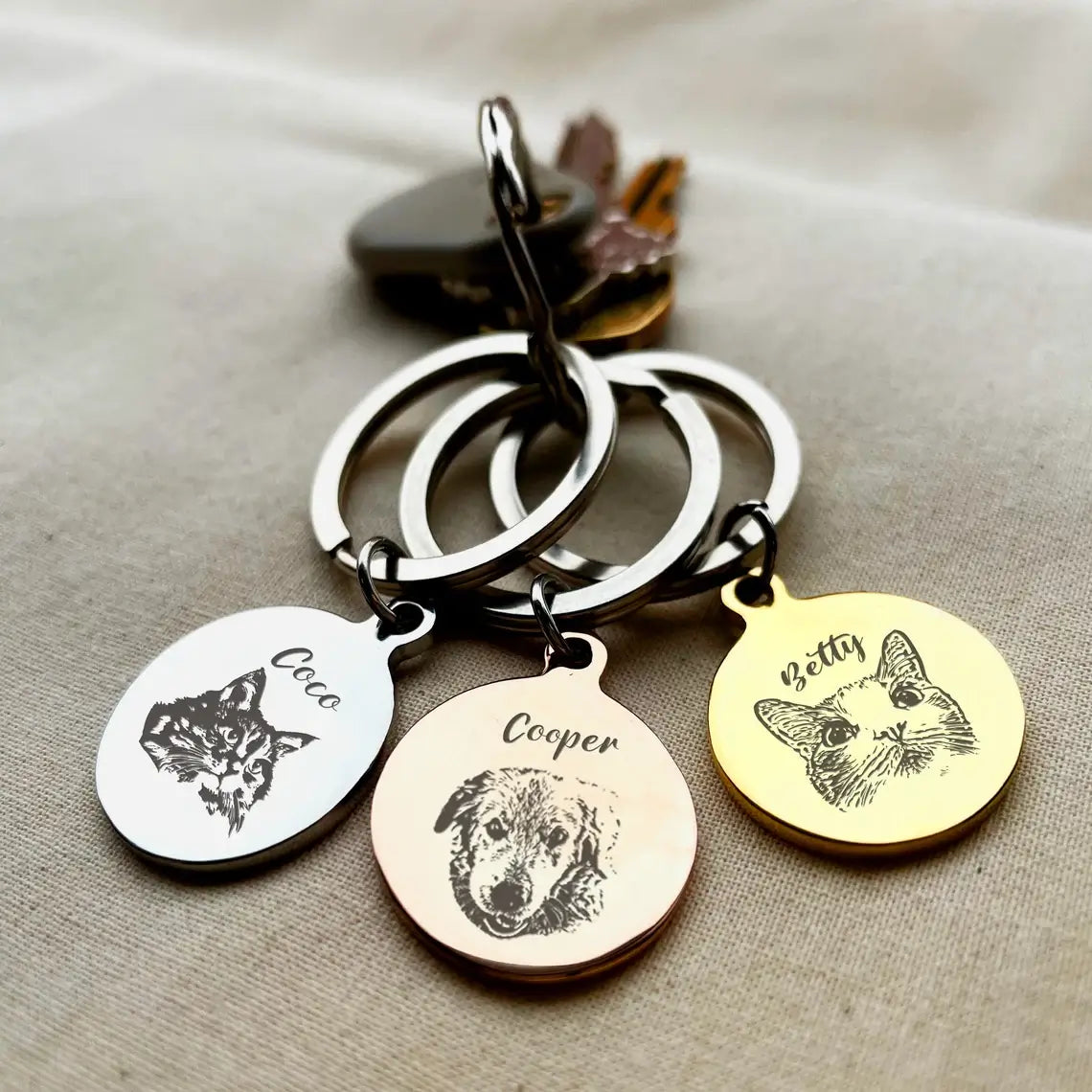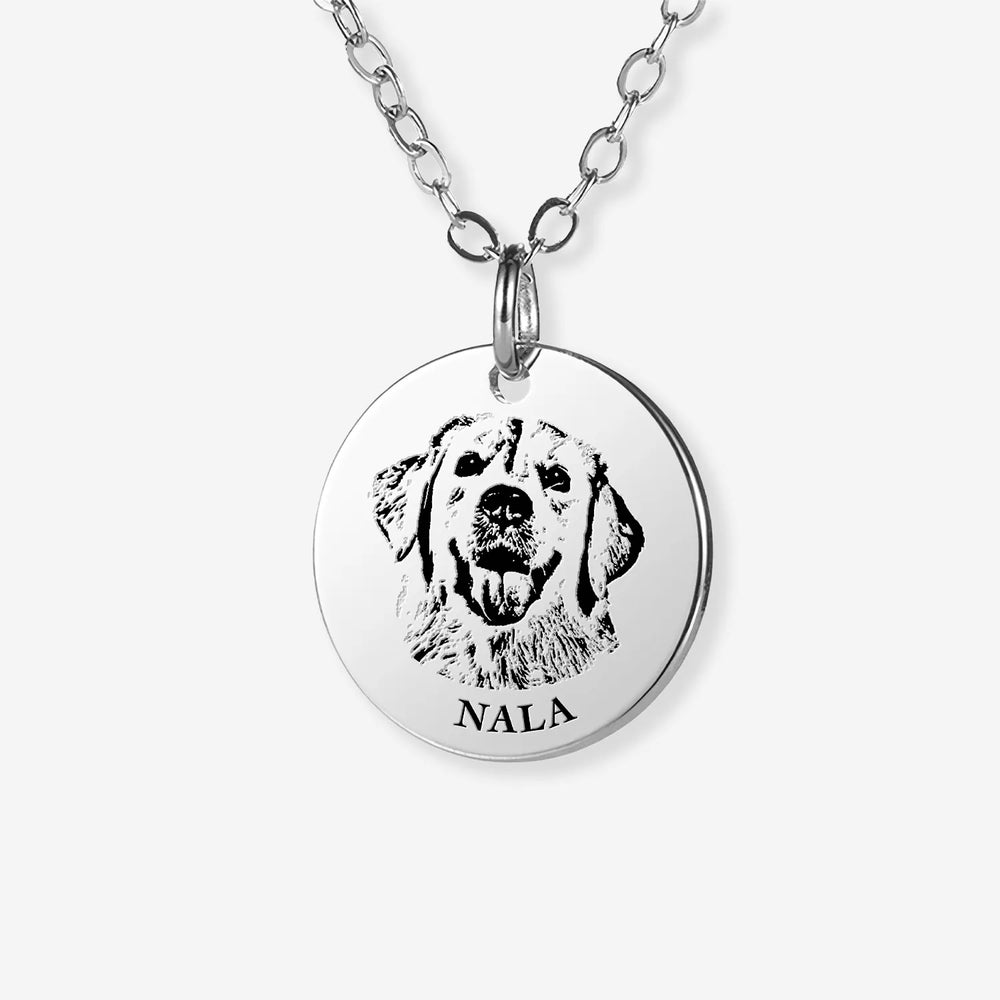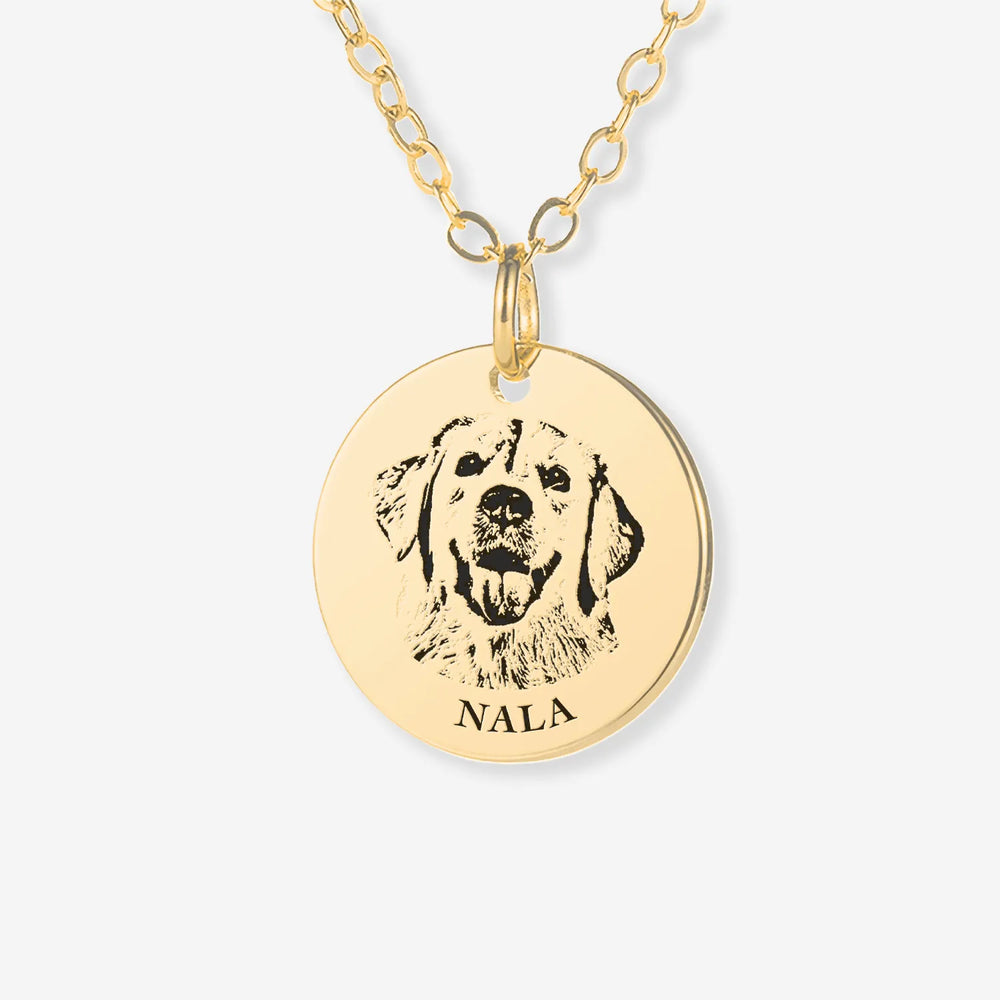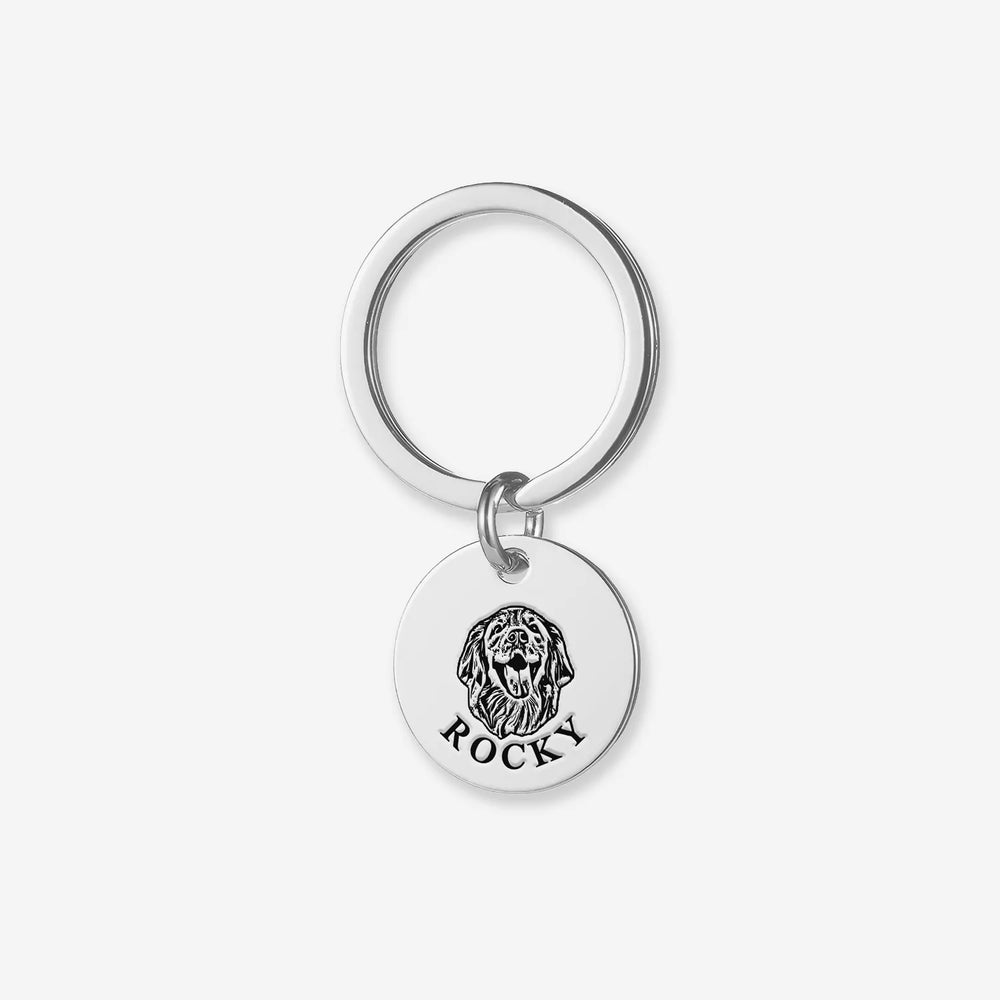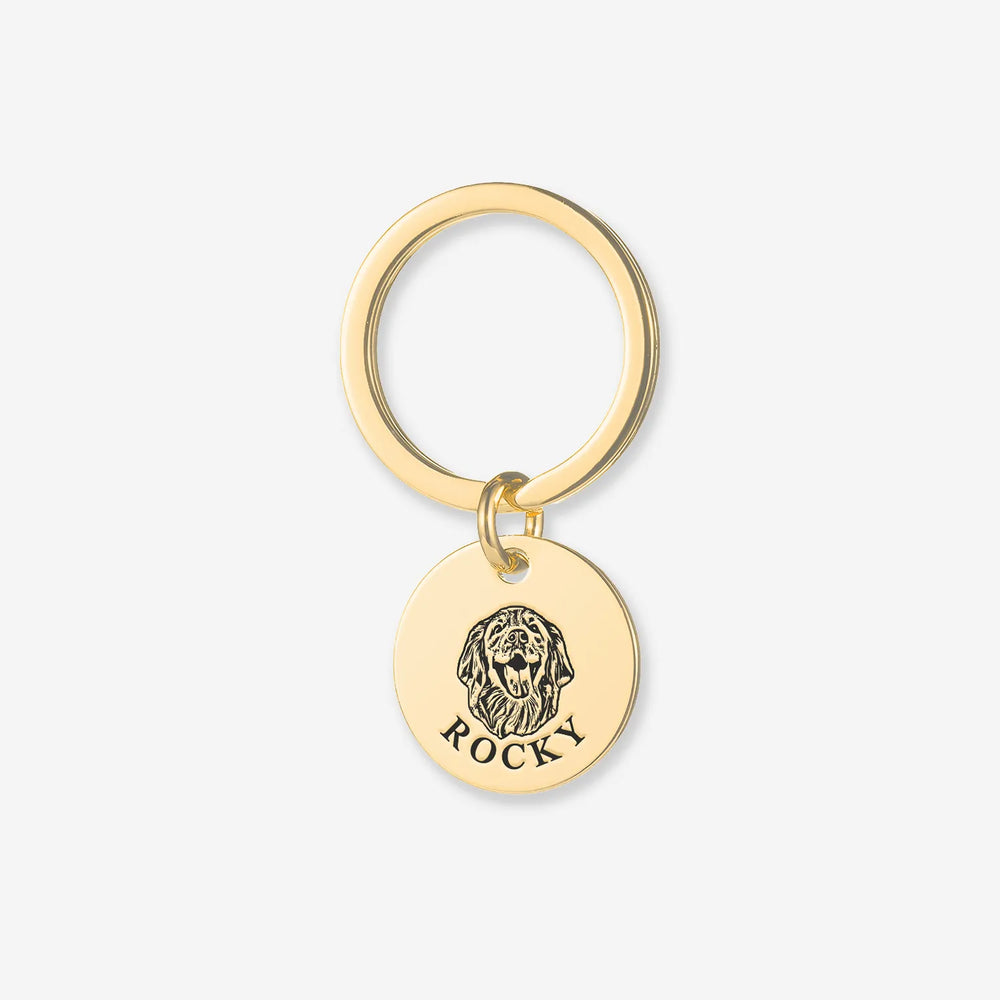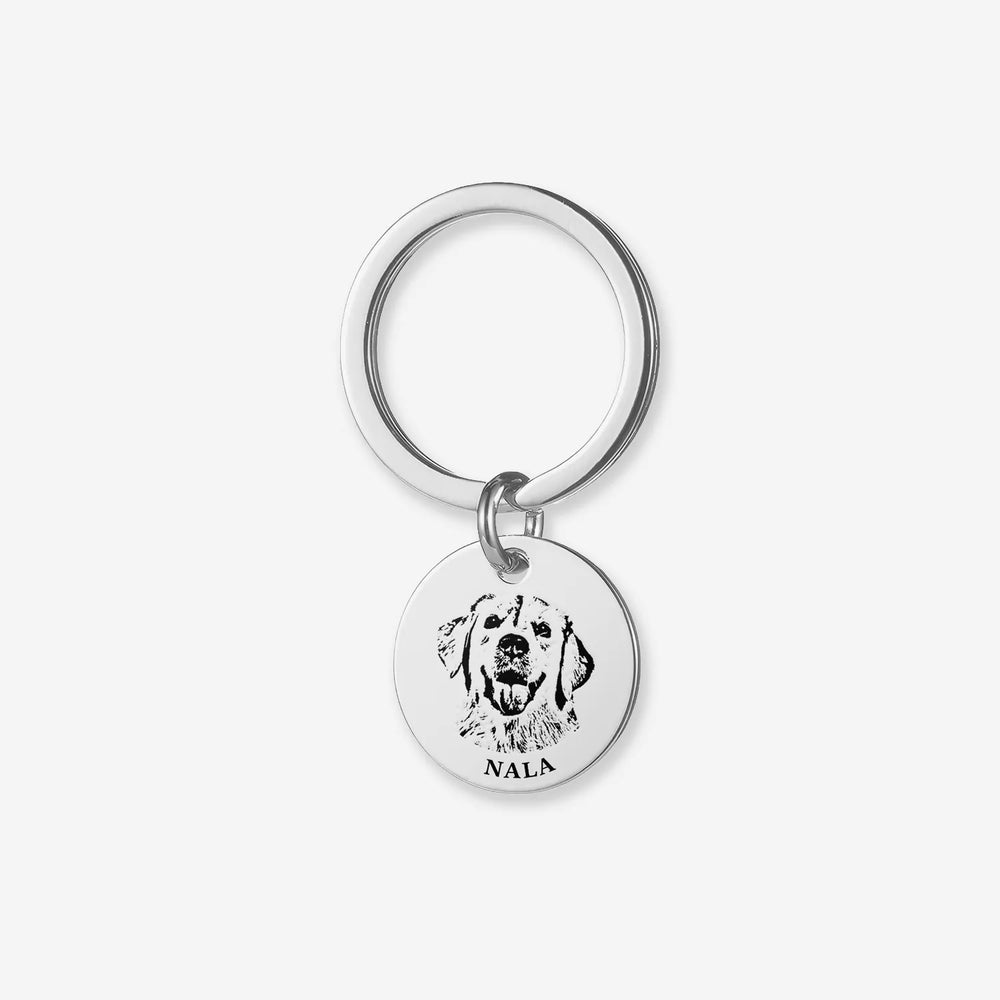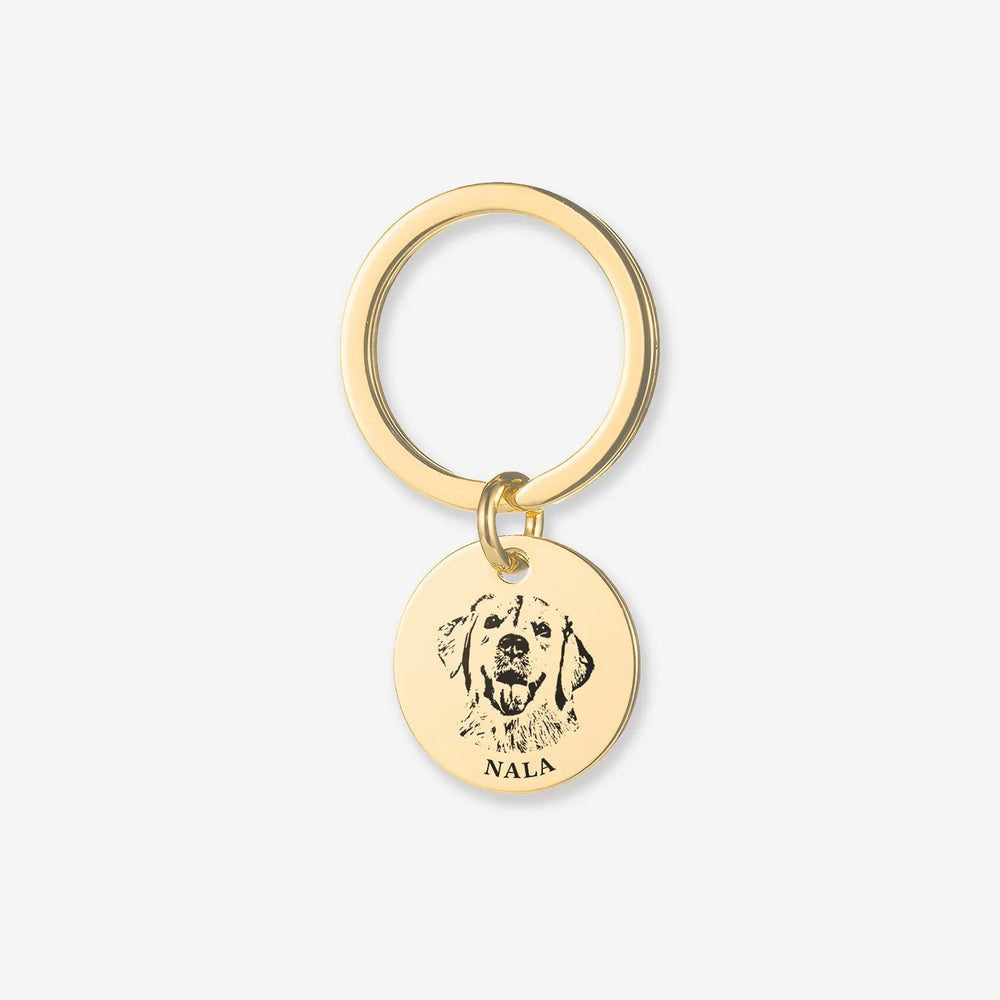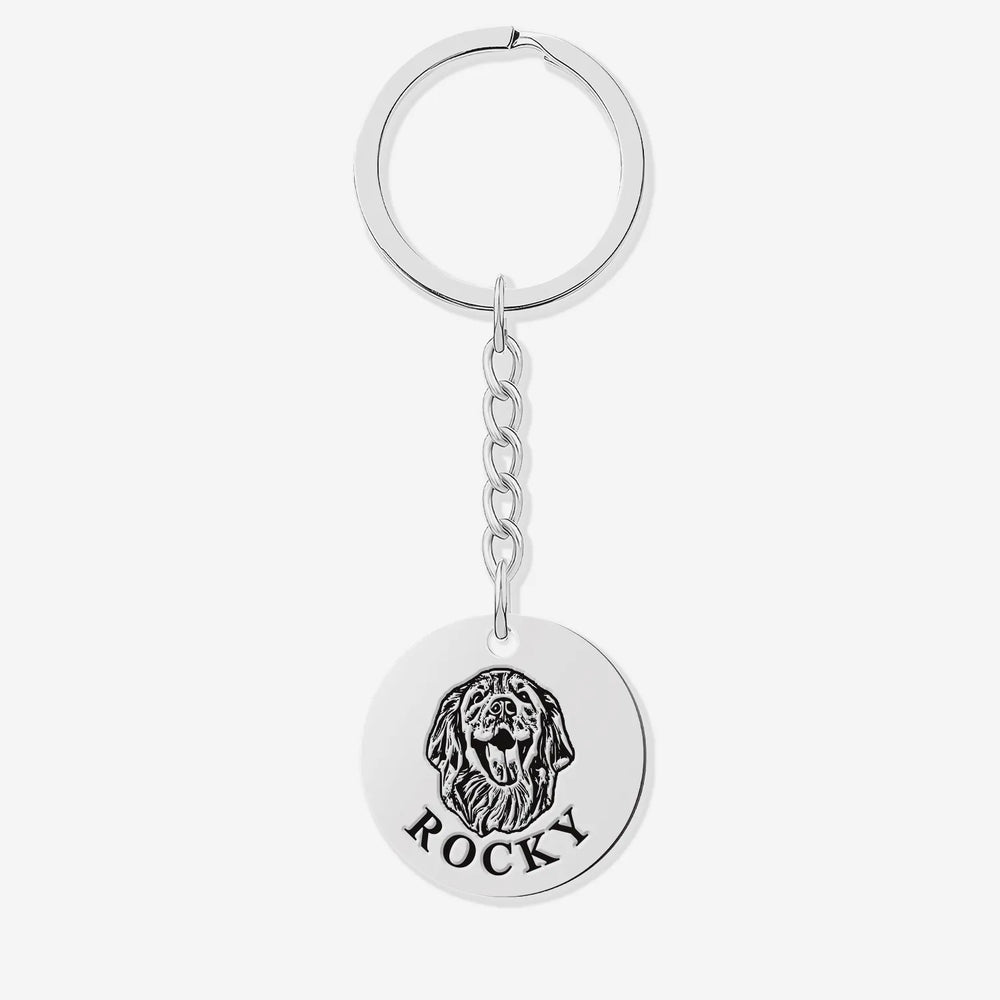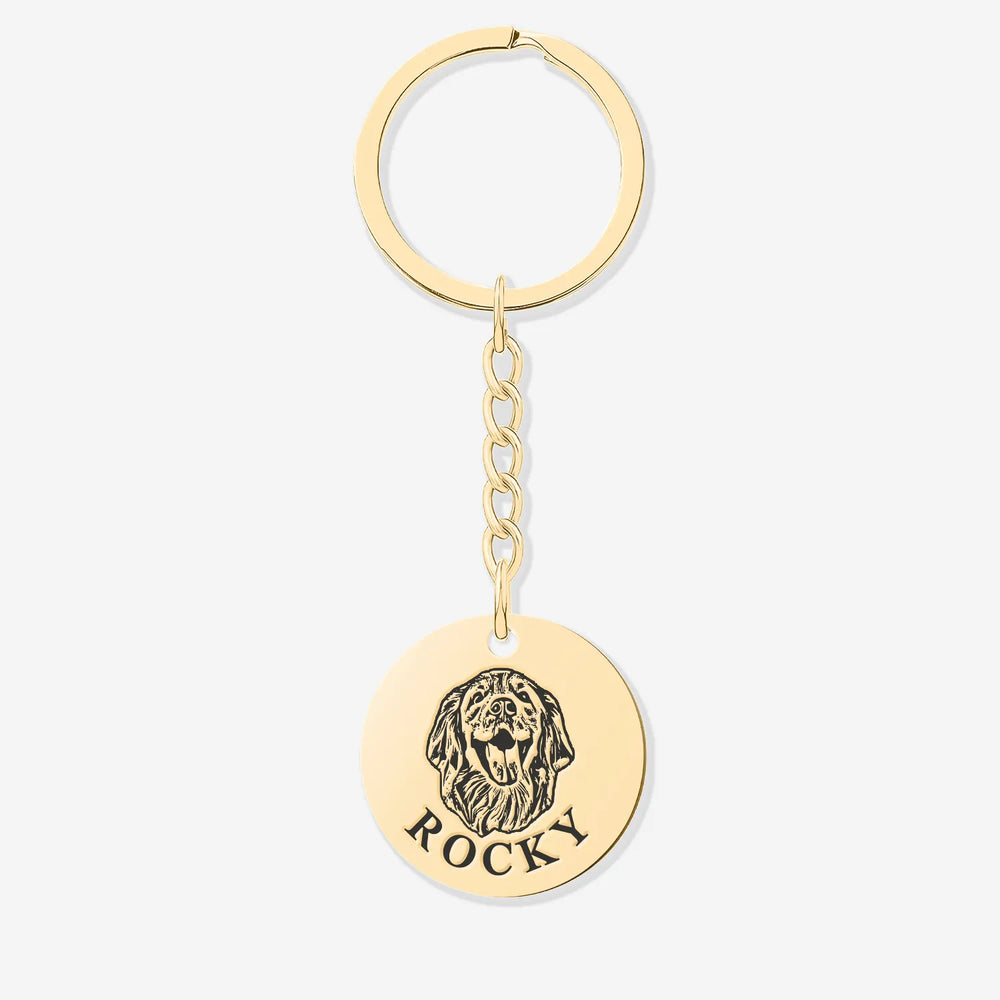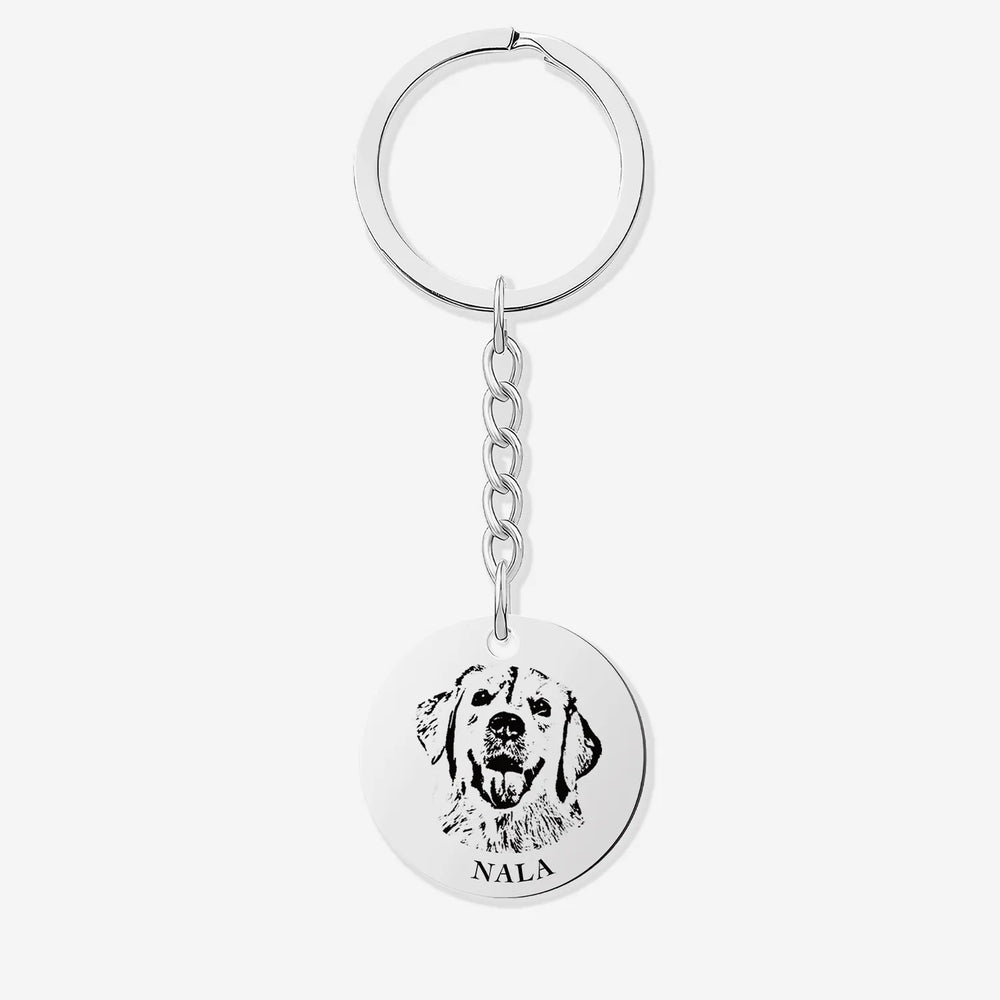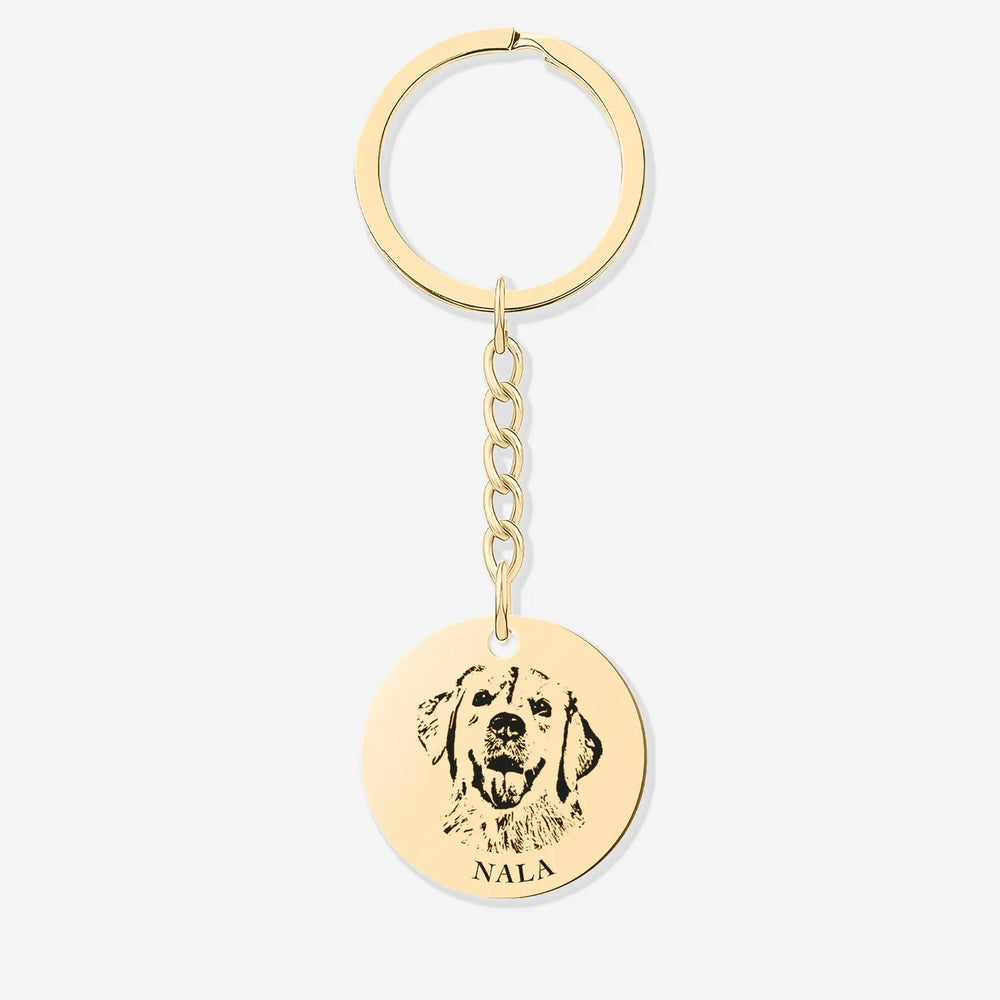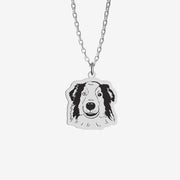Buy One, Get One FREE
Old Dog Behavior Before Death: Please Note These

As your dog ages, it will gradually slow down and eventually leave your side. If you want to bid farewell properly, closely observing your dog's behavior in its final stages can help you anticipate its departure. Recognizing these signs of old dog behavior before death will prepare you emotionally and allow you to create meaningful moments together.
Let’s explore the ten common signs your dog is dying and how to handle these moments with care and love.
Ten Signs Your Dog Is Dying: What to Look For

1. Loss of Appetite
Older dogs often lose their appetite as they age. However, if your dog suddenly refuses to eat or significantly reduces its food intake, it may indicate discomfort or declining health. Take your pet to the vet for an evaluation to ensure its needs are met during this time.
2. Sluggish Movement
A once-active dog that becomes slow and uninterested in play or walks may be experiencing a decline in physical ability. Offering extra care and comfort can make these moments more peaceful for your aging companion.
3. Increased Sleep
Senior dogs generally sleep more, but excessive sleepiness or difficulty waking up could indicate extreme weakness. In these cases, create a quiet, undisturbed environment to allow them the rest they need.
4. Breathing Difficulties
Labored breathing, coughing, or wheezing are common symptoms in dogs nearing the end of life. If you notice these issues, consult a veterinarian to ensure your pet receives appropriate treatment and support.
5. Seeking Hidden Spaces
Some dogs instinctively seek out hidden or secluded areas when they sense the end is near. Respect their need for privacy and provide a peaceful, safe space for them during this time.
6. Changes in Eye Expression
Your dog's eyes are a reflection of its emotions. Near the end, their eyes may appear dull, unfocused, or filled with sadness. Offering gentle reassurance and comfort through touch and soothing words can ease their transition.
7. Drop in Body Temperature
As life fades, a dog's body temperature often decreases. If your dog feels unusually cold, ensure it stays warm and comfortable in its final days.
8. Reduced Interaction
A dying dog may interact less with its owner, showing reduced tail wagging, licking, or responsiveness. While this can be heartbreaking, cherish the quiet moments and offer your presence as a source of comfort.
9. Unusual Behavior
Sudden barking, growling, or aggression can indicate physical discomfort or stress. Remain calm and understanding, providing reassurance and addressing their needs with compassion.
10. Difficulty Moving
Aging dogs often struggle with mobility. If your dog appears unable to stand or walk, assist it with soft bedding and gentle support to ensure it remains comfortable.
Do Dogs Say Goodbye Before They Die?
Many owners wonder if dogs consciously say goodbye. While dogs may not understand death as humans do, their behavior often reflects a desire for closeness or solitude during their final days. This “goodbye” can manifest in various ways, from extra cuddles to a preference for quiet spaces. Paying attention to these subtle cues allows you to provide the care and love your pet needs.
Real-Life Stories of Saying Goodbye

Amy and Bella: Choosing Euthanasia
Amy’s golden retriever, Bella, began sleeping excessively and lost interest in her favorite chicken treats. After a veterinarian confirmed Bella’s organ failure, Amy chose in-home euthanasia to minimize Bella’s pain. She hosted a small “celebration of life” gathering with family and friends to honor Bella. On her last day, Amy held Bella in her arms, singing softly as Bella passed peacefully.
John and Buck: Memorializing a Rescue Dog
John adopted Buck, an older rescue dog, who became his loyal companion for five years. When Buck turned 15, he struggled to stand, signaling the end was near. John spent more time with Buck, massaging his legs and creating a paw print mold for memory. When Buck passed, John placed his ashes in a wooden box in the living room, keeping his memory alive.
The Blake Family and Max: A Family Farewell
Max, a bulldog, became increasingly affectionate before his death. The Blake children noticed sadness in his eyes and organized a farewell ceremony, drawing pictures of Max and creating a box of his favorite toys. On Max’s final day, the family surrounded him with love, stroking his fur and whispering kind words. Afterward, they planted a tree in their yard to honor his memory, hanging his collar on its branches.
Cherishing the Final Moments
When your dog shows signs of old age and declining health, it’s essential to provide comfort, love, and understanding. These small acts of care make a significant difference during their final journey. Recognizing old dog behavior before death symptoms can help you prepare emotionally and create meaningful memories in their final days.
By staying observant and compassionate, you can bid farewell in a way that honors your pet’s loyalty and love. Remember, their unwavering companionship deserves nothing less than your patience, care, and endless gratitude.
